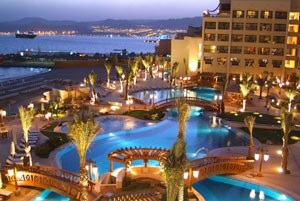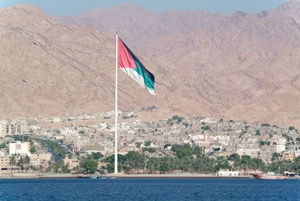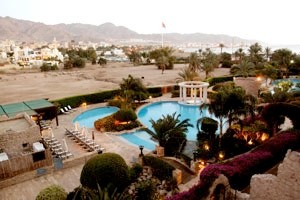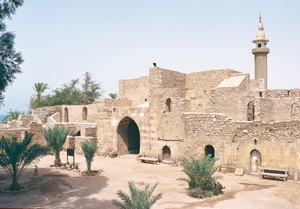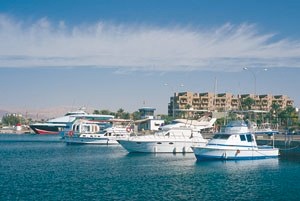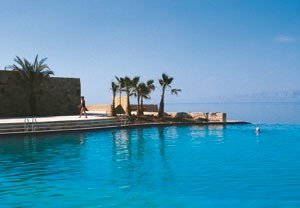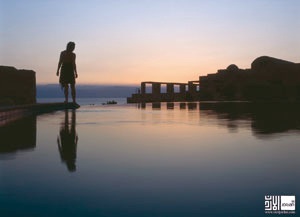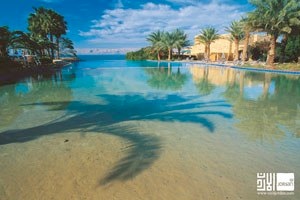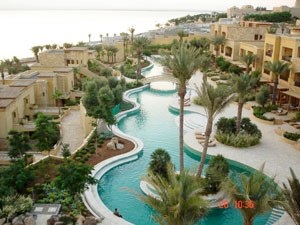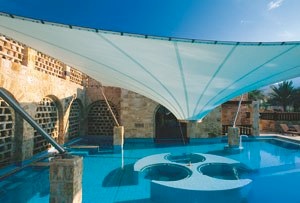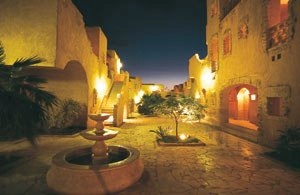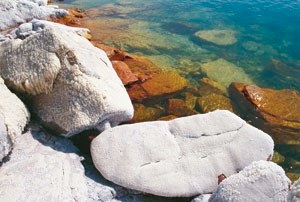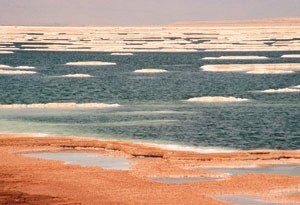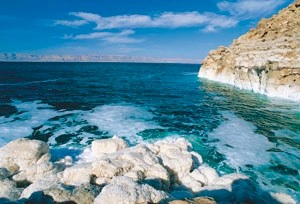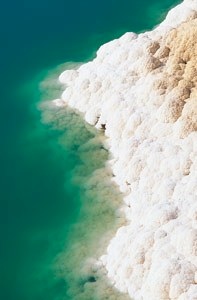Jordan, Land of Colors
Jordan, land of colors and mythologic history
Jordan is a Kingdom steeped in history and culture, offering breathtaking landscapes. Its rich heritage lead travellers walk in the footsteps of Moses, Emperor Hadrian and Lawrence of Arabia through the remnants of ancient civilizations long since passed, yet still remaining, stamped into the very fabric of this amazing Kingdom and etched into the soul of the people who live there.
Here are some of the best-known historical sites.
Pictures Copyright © Visit Jordan.
Jordan historical sites and tourism informations are on:
The Dead Sea
At 410m below sea level, the Dead Sea is the lowest place on earth. Jordan’s Dead Sea coast is one of the most spectacular natural and spiritual landscapes in the world, and it remains as enticing to international visitors today as it was to kings, emperors, traders, and prophets in antiquity. The Jordan Rift Valley is a dramatic, beautiful landscape. This vast stretch of water receives a number of incoming rivers, including the River Jordan. Once the waters reach the Dead Sea they are land-locked and have nowhere to go, so they evaporate, leaving behind a dense, rich, cocktail of salts and minerals that supply industry, agriculture and medicine with some of its finest products.
Amman
A sprawling city spread over 19 hills, or "jebels," Amman is the modern - as well as the ancient - capital of the Hashemite Kingdom of Jordan. Known as Rabbath-Ammon during the Iron Age and later as Philadelphia, the ancient city that was once part of the Decapolis league, now boasts a population of around 2.3 million people. Amman, often referred to as the white city due to its low size canvas of stone houses, offers a variety of historical sites. There are a number of renovations and excavations taking place that have revealed remains from the Neolithic period, as well as from the Hellenistic and late Roman to Arab Islamic Ages.

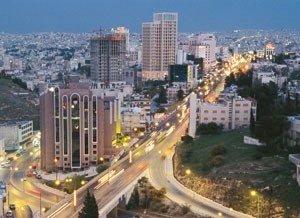
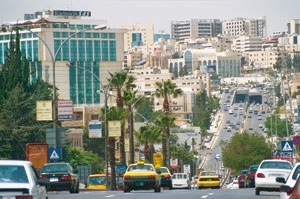
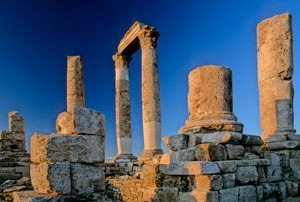
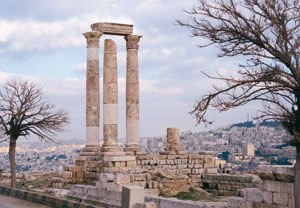
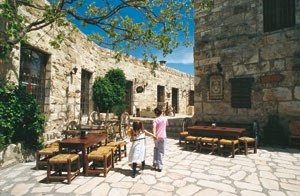
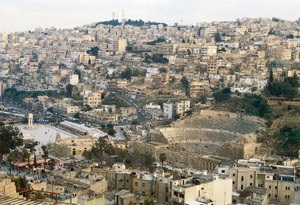
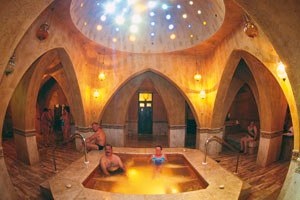
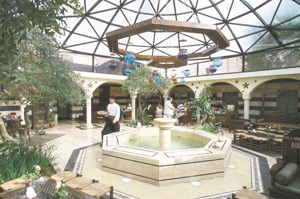
Mabada
The trip south from Amman along the 5,000-year-old Kings Highway is one of the most memorable journeys in the Holy Land, passing through a string of ancient sites. The first city to encounter is Madaba, “the City of Mosaics." The city, best known for its spectacular Byzantine and Umayyad mosaics, is home to the famous 6th century mosaic map of Jerusalem and the Holy Land. With two million pieces of coloured stone, the map depicts hills and valleys, villages and towns as far as the Nile Delta.
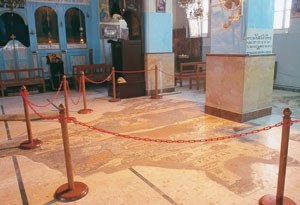
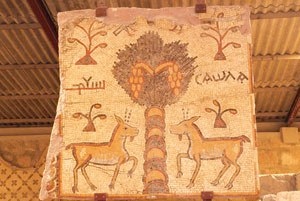
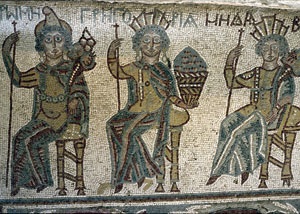

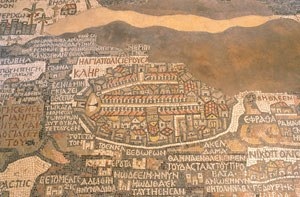
Petra
The ancient city of Petra is one of Jordan's national treasures and by far its best known tourist attraction. Located approximately three hours south of Amman, Petra is the legacy of the Nabataeans, an industrious Arab people who settled in southern Jordan more than 2,000 years ago. Admired then for its refined culture, massive architecture and ingenious complex of dams and water channels, Petra is now a UNESCO World Heritage Site that enchants visitors from all corners of the globe. Much of Petra's appeal comes from its spectacular setting deep inside a narrow desert gorge.
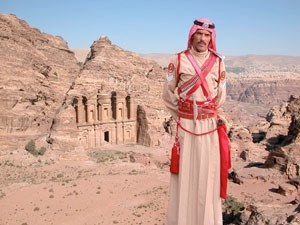
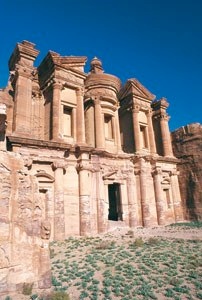
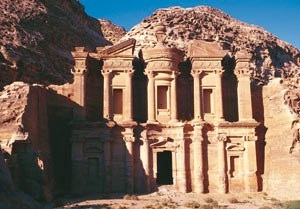
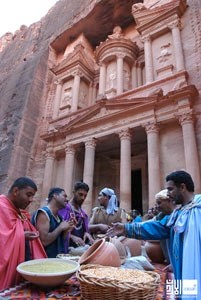
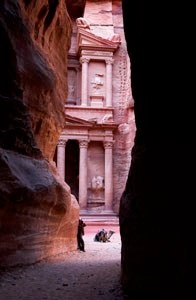
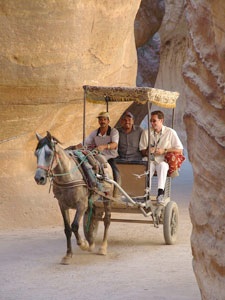
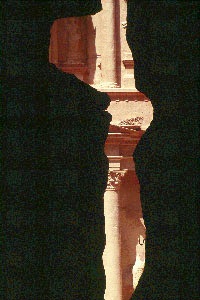
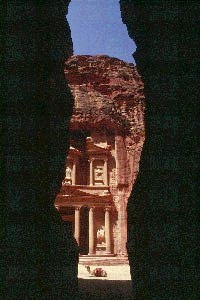

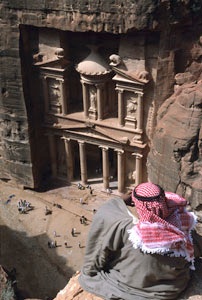
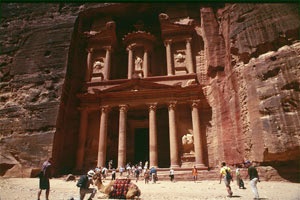
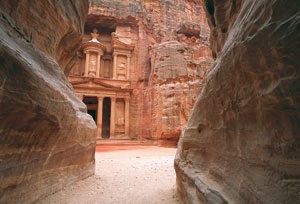
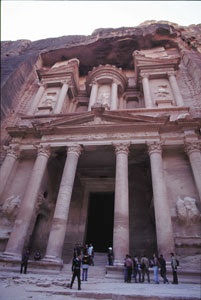
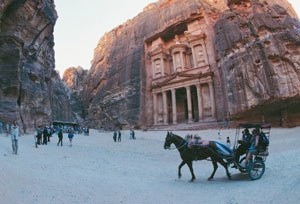
Jerash
A close second to Petra on the list of favourite destinations in Jordan, the ancient city of Jerash boasts an unbroken chain of human occupation dating back more than 6,500 years. The city's golden age came under Roman rule and the site is now generally acknowledged to be one of the best-preserved Roman provincial towns in the world. Hidden for centuries in sand before being excavated and restored over the past 70 years, Jerash reveals a fine example of the grand, formal provincial Roman urbanism that is found throughout the Middle East, comprising paved and colonnaded streets, soaring hilltop temples, handsome theaters, spacious public squares and plazas, baths, fountains and city walls pierced by towers and gates.
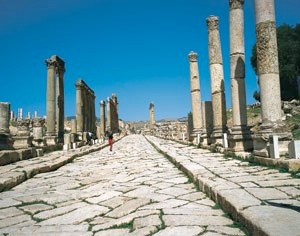
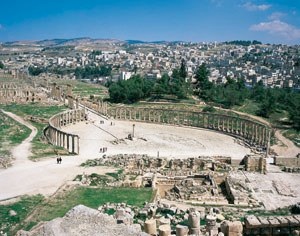
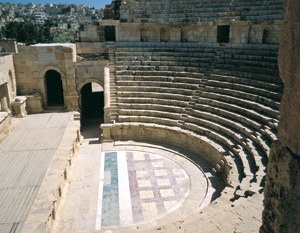
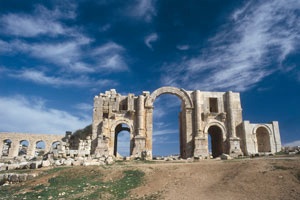
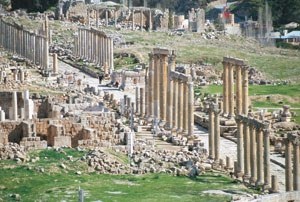
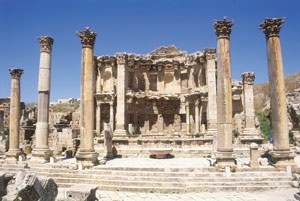
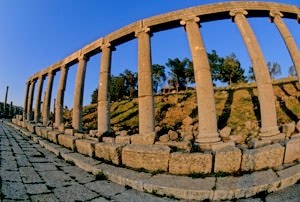
Aqaba
Famed for its preserved coral reefs and unique sea life, this Red Sea port city was, in ancient times, the main port for shipments from the Red Sea to the Far East. The Fort is one of the main historical landmarks of Aqaba, rebuilt by the Mameluks in the 16th century. The current excavations at the ancient site of the early Islamic town Ayla, with its two main streets intersecting in the middle and dating back to the 7th century already revealed a gate and city wall along with towers, buildings and a mosque. The museum houses a collection of artefacts collected in the region, including pottery and coins. Aqaba also hosts the house of Sharif Hussein Bin Ali, the great grandfather of King Abdullah II.
